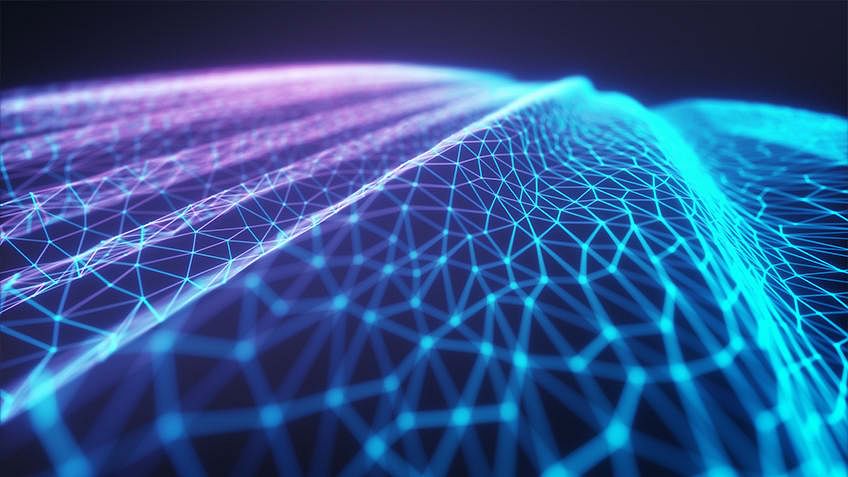Long Exposure Photography: Creating Artistic Effects
Long exposure photography is a captivating technique that allows photographers to create stunning and artistic effects in their images. By extending the exposure time, usually beyond one second, photographers can capture motion blur, light trails, and other unique effects that add depth and interest to their photos. In this article, we’ll delve into the world of long exposure photography, exploring its techniques, equipment, and creative possibilities.
Understanding Long Exposure Photography
At its core, long exposure photography involves leaving the camera’s shutter open for an extended period. This extended exposure time allows for more light to reach the camera’s sensor, resulting in a brighter image. However, the real magic happens when there is movement within the frame. Moving subjects, such as flowing water, moving cars, or even people, become blurred streaks or trails, adding a dynamic element to the photograph.
Essential Equipment for Long Exposure Photography
To delve into long exposure photography, you’ll need a few essential pieces of equipment. First and foremost, a sturdy tripod is crucial. Since long exposures require the camera to remain perfectly still, a tripod ensures sharpness and eliminates camera shake. Additionally, a remote shutter release or timer function can be handy to prevent any vibrations caused by manually pressing the shutter button.
Choosing the Right Settings
Setting the correct exposure settings is paramount in long exposure photography. Start by setting your camera to manual mode to have full control over the settings. Begin with a low ISO (typically ISO 100 or 200) to minimize noise in the image. Next, select a small aperture (higher f-stop number) to increase depth of field and ensure sharpness throughout the frame. Finally, adjust the shutter speed to achieve the desired effect. For light trails and motion blur, longer shutter speeds ranging from a few seconds to several minutes may be necessary.
Experimenting with Light and Motion
The beauty of long exposure photography lies in experimentation. Don’t be afraid to play with different light sources and moving subjects to create unique effects. For example, capturing light trails from passing cars on a busy street can result in dynamic and mesmerizing images. Similarly, photographing flowing water with a long exposure can transform it into a silky, ethereal texture.
Overcoming Challenges
While long exposure photography opens up a world of creative possibilities, it also comes with its challenges. One common issue is overexposure, especially in bright daylight. To combat this, consider using a neutral density (ND) filter to reduce the amount of light entering the lens. Additionally, be mindful of camera battery life, as long exposures can drain batteries more quickly.
Post-Processing and Fine-Tuning
After capturing your long exposure shots, post-processing can further enhance their artistic impact. Software like Adobe Lightroom or Photoshop allows you to adjust exposure, contrast, and colors to achieve your desired look. You can also experiment with black and white conversions for a timeless and dramatic effect.
Pushing Boundaries and Unleashing Creativity
Long exposure photography is not just about technical settings and equipment; it’s about pushing the boundaries of creativity and unleashing your artistic vision. Don’t be afraid to break the rules, try new techniques, and explore different subjects. Whether you’re capturing star trails in the night sky or creating abstract patterns with moving lights, long exposure photography offers endless opportunities for artistic expression. Read more about best photography tips





